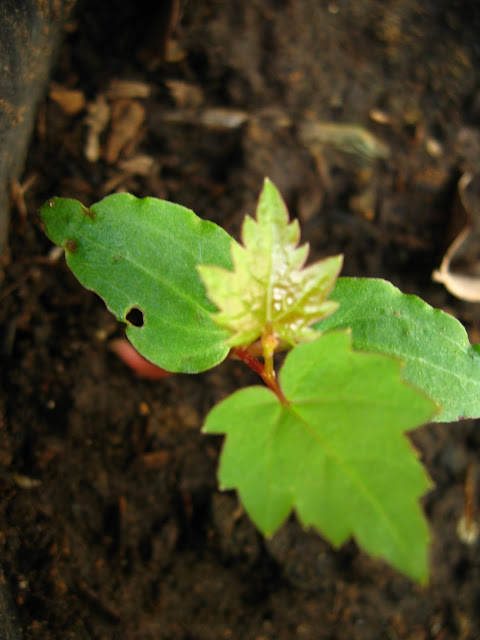Recently, I have been convinced that Elmo is a hen. I bought her when she was about 2 or 3 months old (as the shopkeeper claimed). He said that Elmo is a male lovebird, but I guessed he didn't really know it as determining the sex of a lovebird is not as easy as determining the sex of parakeets. Unless, we take a DNA test.
There are some tips given by experts like seeing the shape of the tip of their wings or by feeling the gap in their abdomen. But it's tricky and often inaccurate.
The one you can count on except for a DNA test is waiting until they are about a year old. That means until they have reached full maturity.
The one you can count on except for a DNA test is waiting until they are about a year old. That means until they have reached full maturity.
I bought Elmo around March this year. If she were 2-3 months old by that time, she would be a year old or over now. That means she's now a mature lovebird who is ready for mating. Yep, she is indeed. She has shown the sign of maturity for several months now. Some says that they are mature when they are around 6 months old and will lay their first egg when around 8-12 months old.
With Elmo(Bibi), I noticed that she likes to eat the cuttlefish bone that I put in the budgies' cage and sometimes she has a fight with them because of that (usually either Baby Blue or Goldie will peck her for eating their cuttlefish bone). She is also very fascinated with Goldie's nest. When I first introduced the nest to the budgies, they would struggle the hell out of them every time I put them inside the nest. But, it's different with Elmo, she volunteered herself to take a peep inside the nest through the window hole, and many times she dared herself to ventured further into the nest and out.
She's also a keeper (I think it's her instinct as a hen), every time Goldie or Baby Blue fell down from their cage or the outer perch(sometimes they can't fly back to their cage because I have trimmed the tip of their flying feathers), Elmo would accompany them. She would often make noises so I knew that something had happened to them!
Then lately, she started to make a lot of clicking noise every time she's around me. She will repeatedly nod her head and make the sign of regurgitating(vomiting to feed her owner, which she considers as her mate) as an expression of love. She will also dance around, and every time I want to pat her she will bent her body, spread her wings and lift her tail! It's an invitation to a male lovebird to ascend her! And I am a male lovebird to her! LOL!
So far Elmo hasn't laid any eggs, because I didn't put a nest in her cage. People says placing a nest inside their cage can stimulate egg-laying even without the presence of a male lovebird. I also haven't wanted to give her a male lovebird as a mate since egg-laying will changed my-already-tamed lovebird into a complete stranger.







































